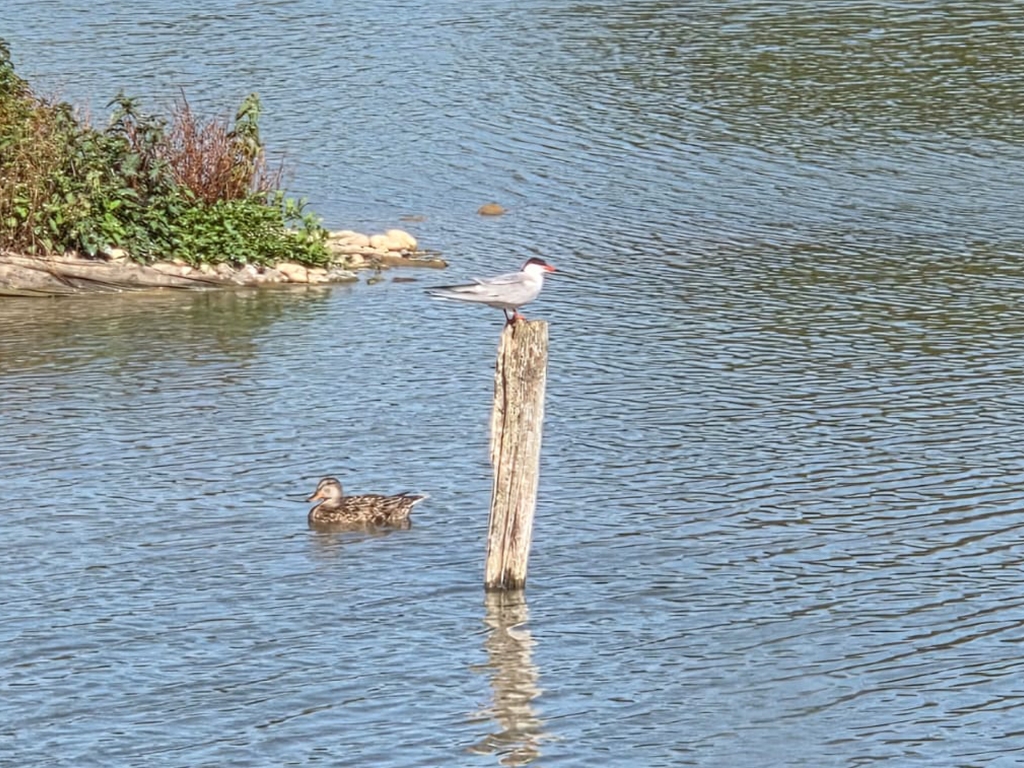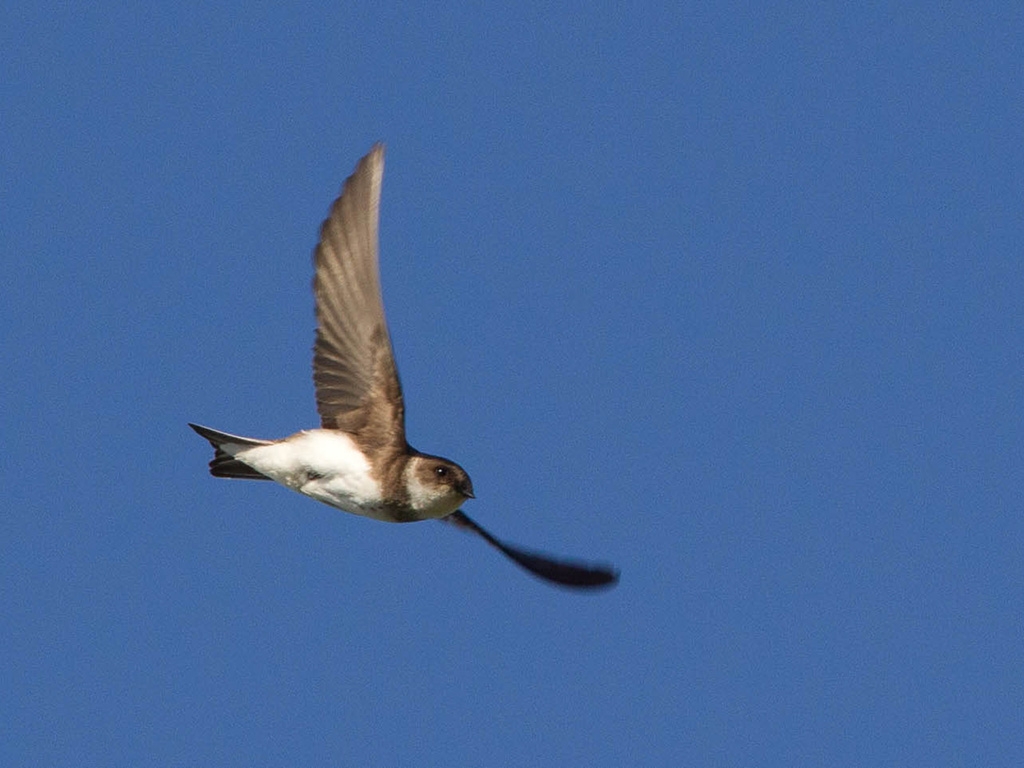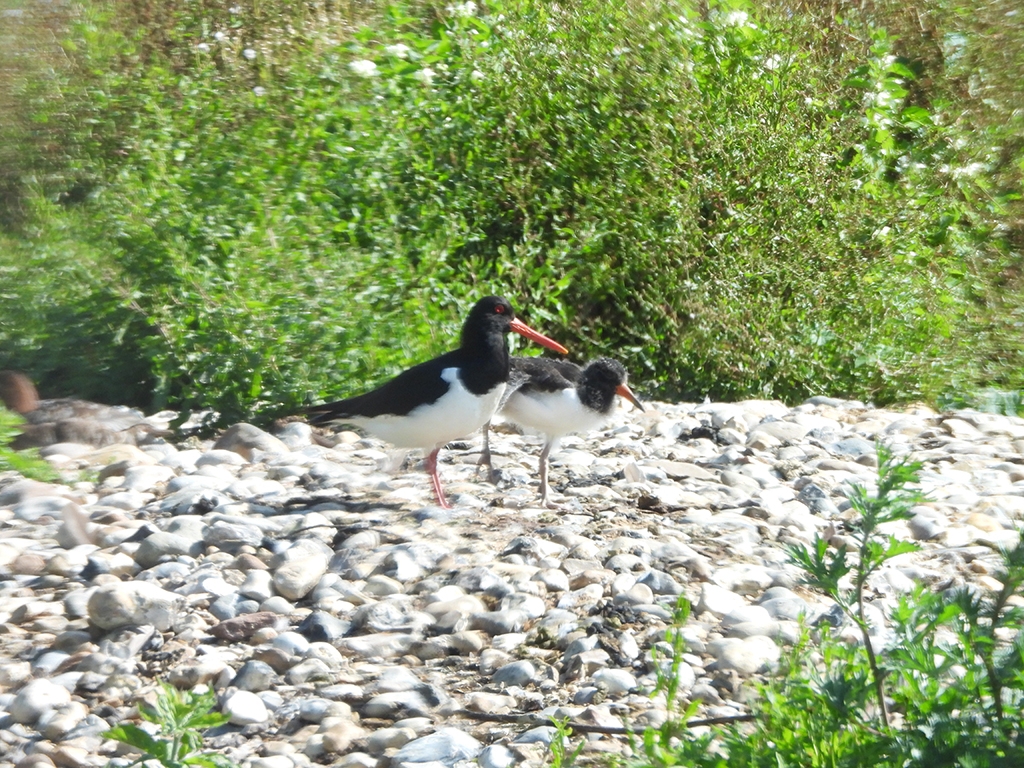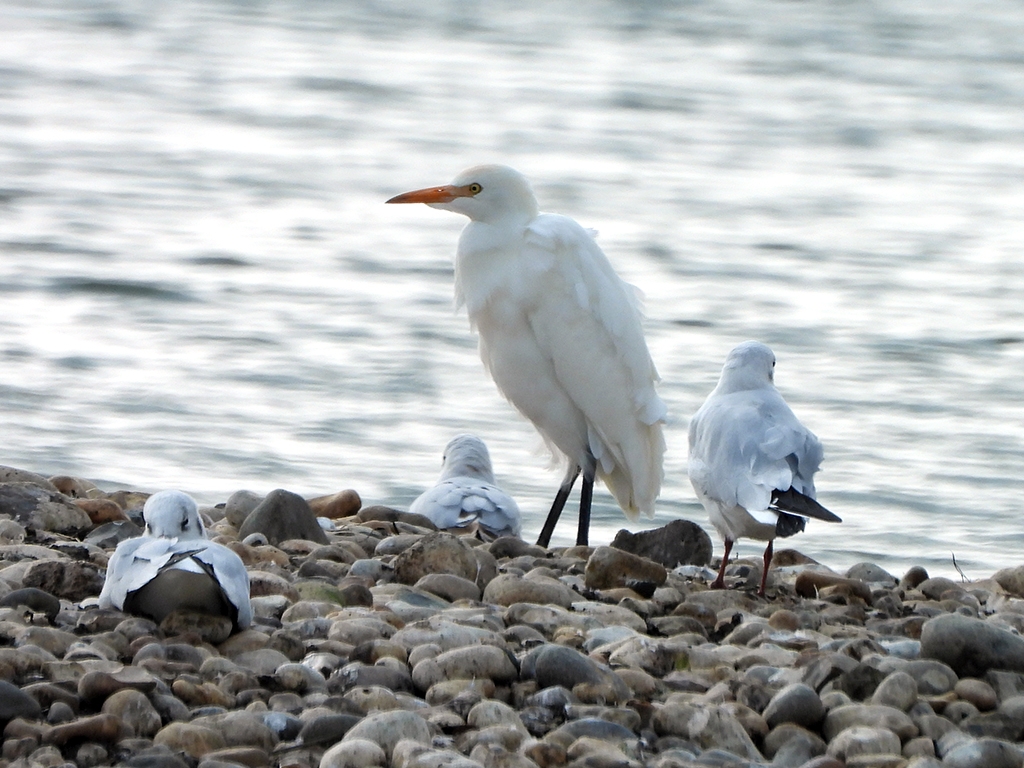Snipe & water rail numbers increase

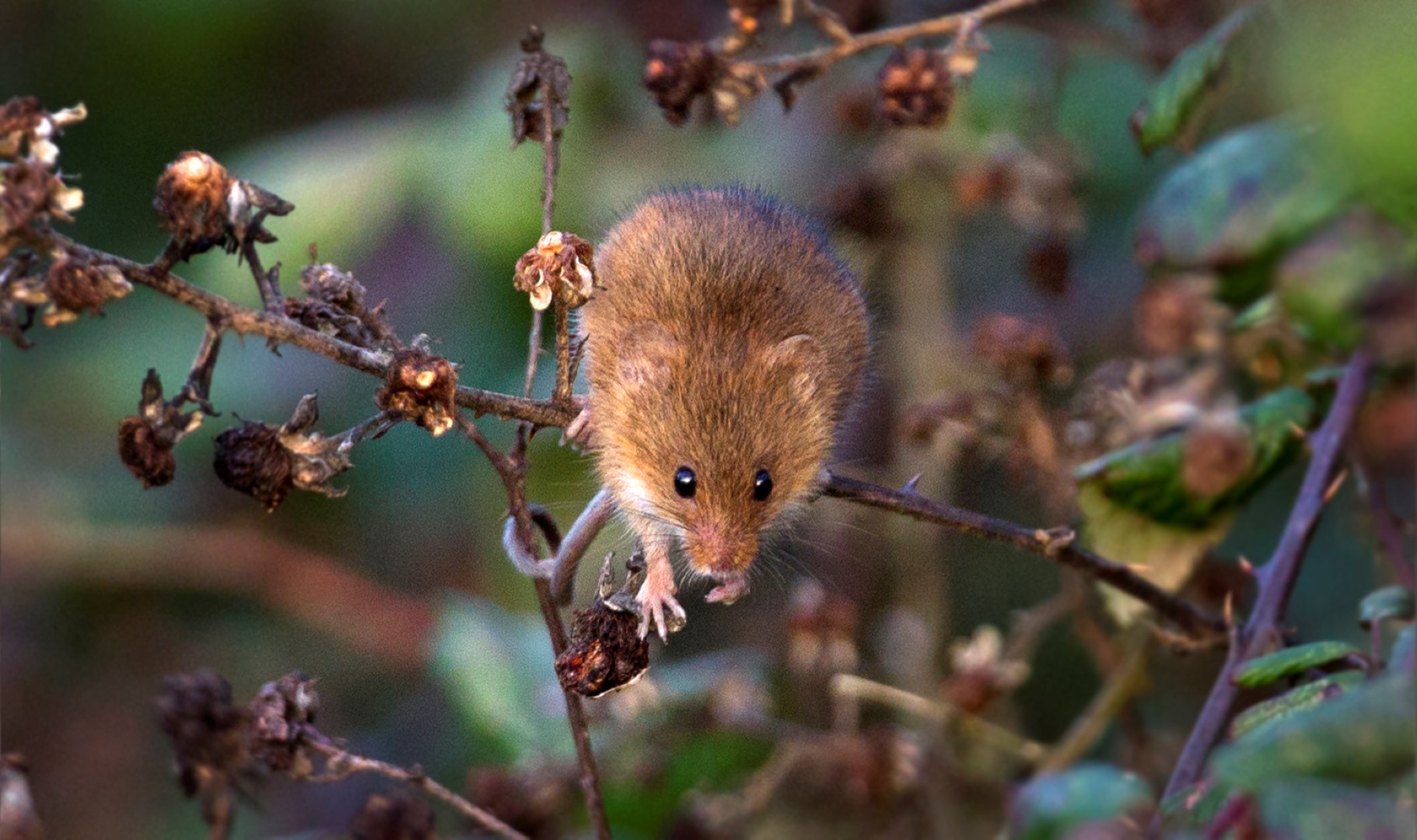
Wildlife sightings blog by Paul Stevens, Reserve Manager at WWT Arundel Wetland Centre
With autumn upon us the number of snipe we are seeing on the reserve is increasing. I flushed five snipe while taking some contractors out onto the wet grassland this Monday morning. Water rail numbers are up too. More of these waders are visible instead of just hearing their pig-like squeals. Look out for water rail in the reedbed or on the wet grassland, particularly on the edges opposite the Ramsar hide where I hd my most recent sightings. We have been seeing a few of the winter resident pochard ducks on Arun Riverlife lagoon but this morning I spotted three on the channels of Wetlands Discovery.
Migrant and southern hawker dragonflies are still around. Both species are blue and green but the southern hawkers are larger. Common darter dragonflies, the little red ones, are frantically mating and egg-laying. These three species can last until the first frosts hit.
My surprise this week was seeing a weasel whizz across the pathway to the Sand Martin Hide. I found two more harvest mice nests as we did more cuts along the water’s edge near the hides. The number of empty nests we are discovering during the autumn cut indicate it was a bumper year for the mice.
The bat survey I ran last Thursday had good results, flagging up seven species. I had soprano and common pipistrelles as well as picking up Nathusius' pipistrelle, likely moving through on the autumn passage. I recorded noctule, Daubenton’s, serotine and brown long-eared bats across the reserve as well. I have to check the sonograms of the calls but I think we also picked up an Alcathoe bat too!
Wardens Suzi and Linda did our last survey of the water vole latrines for the season. Activity on the artificial latrine disks latrine was less than last month but the weather has been so wet it may have washed the vole poo off the latrines. Our last dormouse nest box survey is coming up fast. The autumn surveys are when the dormice are most active in these boxes tucked in the hedgerows. The dormice like the shelter of the boxes and their proximity to the blackberries they fatten up on for winter.
